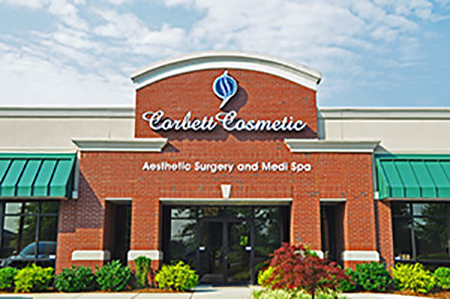What are some of the important factors I should consider when deciding whether or not to get breast implants?
Some important factors to consider include:
* Breast implants do not last forever. If you decide to get breast implants, you will likely need additional surgeries on your breasts over your lifetime due to complications or unsatisfactory cosmetic outcomes.
* Many of the changes to your breasts following implantation cannot be undone. If you later choose to have your implants removed and not replaced, your breasts will not change back to the way they looked before your implant surgery. You may have permanent dimpling, puckering, wrinkling, or other cosmetic changes.
* When you have your implants replaced (revision), your risk of complications increases compared to your first (primary) surgery.
* Routine mammograms to screen for breast cancer will be more difficult with breast implants.
* Breast implants may affect your ability to breast feed, either by reducing or eliminating milk production.
Factors to consider specifically about silicone gel-filled breast implants include:
* If your silicone gel-filled breast implant ruptures, you may have no symptoms. This is called a silent rupture because, most of the time, neither you nor your doctor will know that your implant has ruptured.
* The best way to determine whether or not your silicone gel-filled implant has ruptured is with an MRI examination. You should have your first MRI three years after your implant surgery and every two years thereafter.
* Over your lifetime, the cost of MRI screening may exceed the cost of your initial surgery. This cost may not be covered by medical insurance.
Some important factors to consider include:
*
Breast implants do not last forever. If you decide to get breast implants, you will likely need additional surgeries on your breasts over your lifetime due to complications or unsatisfactory cosmetic outcomes.
* Many of the changes to your breasts following implantation cannot be undone. If you later choose to have your implants removed and not replaced, your breasts will not change back to the way they looked before your implant surgery. You may have permanent dimpling, puckering, wrinkling, or other cosmetic changes.
* When you have your implants replaced (revision), your risk of complications increases compared to your first (primary) surgery.
* Routine mammograms to screen for breast cancer will be more difficult with breast implants.
* Breast implants may affect your ability to breast feed, either by reducing or eliminating milk production.
Factors to consider specifically about silicone gel-filled breast implants include:
* If your silicone gel-filled breast implant ruptures, you may have no symptoms. This is called a silent rupture because, most of the time, neither you nor your doctor will know that your implant has ruptured.
* The best way to determine whether or not your silicone gel-filled implant has ruptured is with an MRI examination. You should have your first MRI three years after your implant surgery and every two years thereafter.
* Over your lifetime, the cost of MRI screening may exceed the cost of your initial surgery. This cost may not be covered by medical insurance.
*****This post was taken from the FDA website on breast implants.*****
Lee Corbett, MD
502-721-0330



